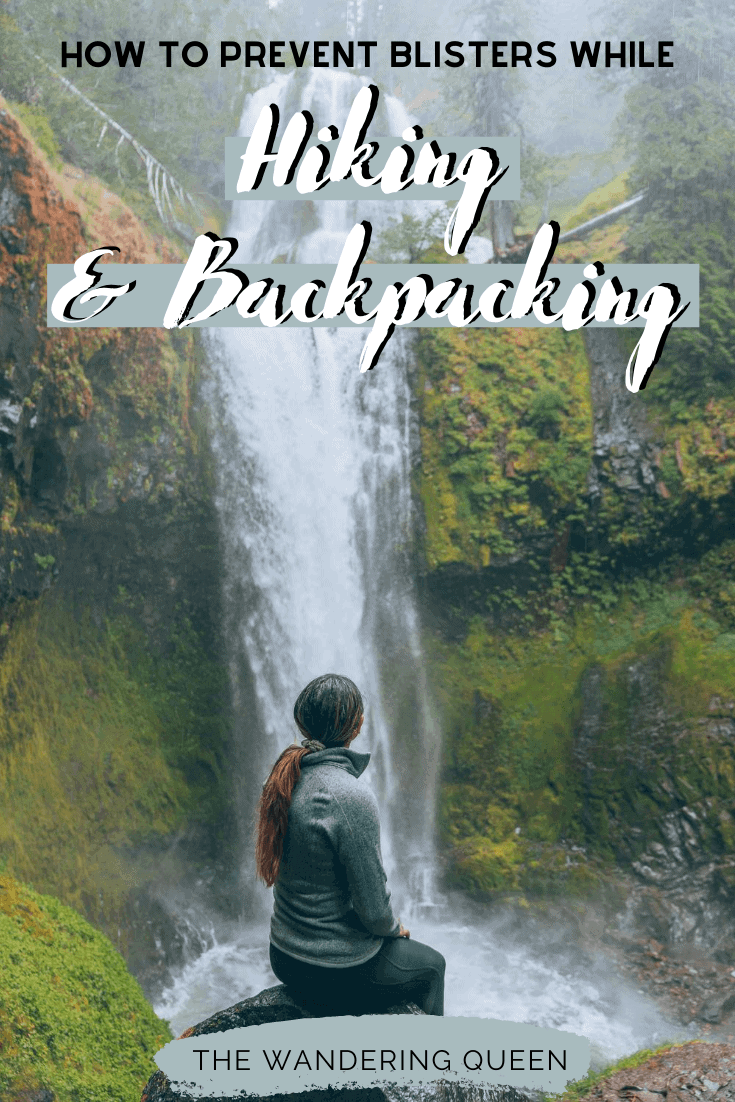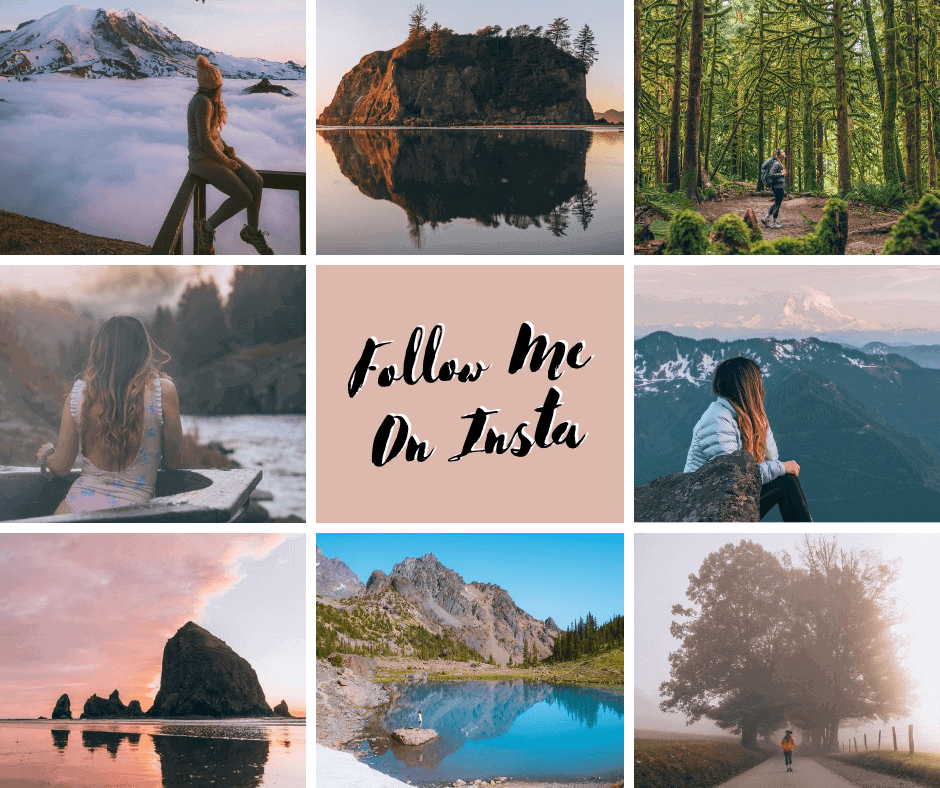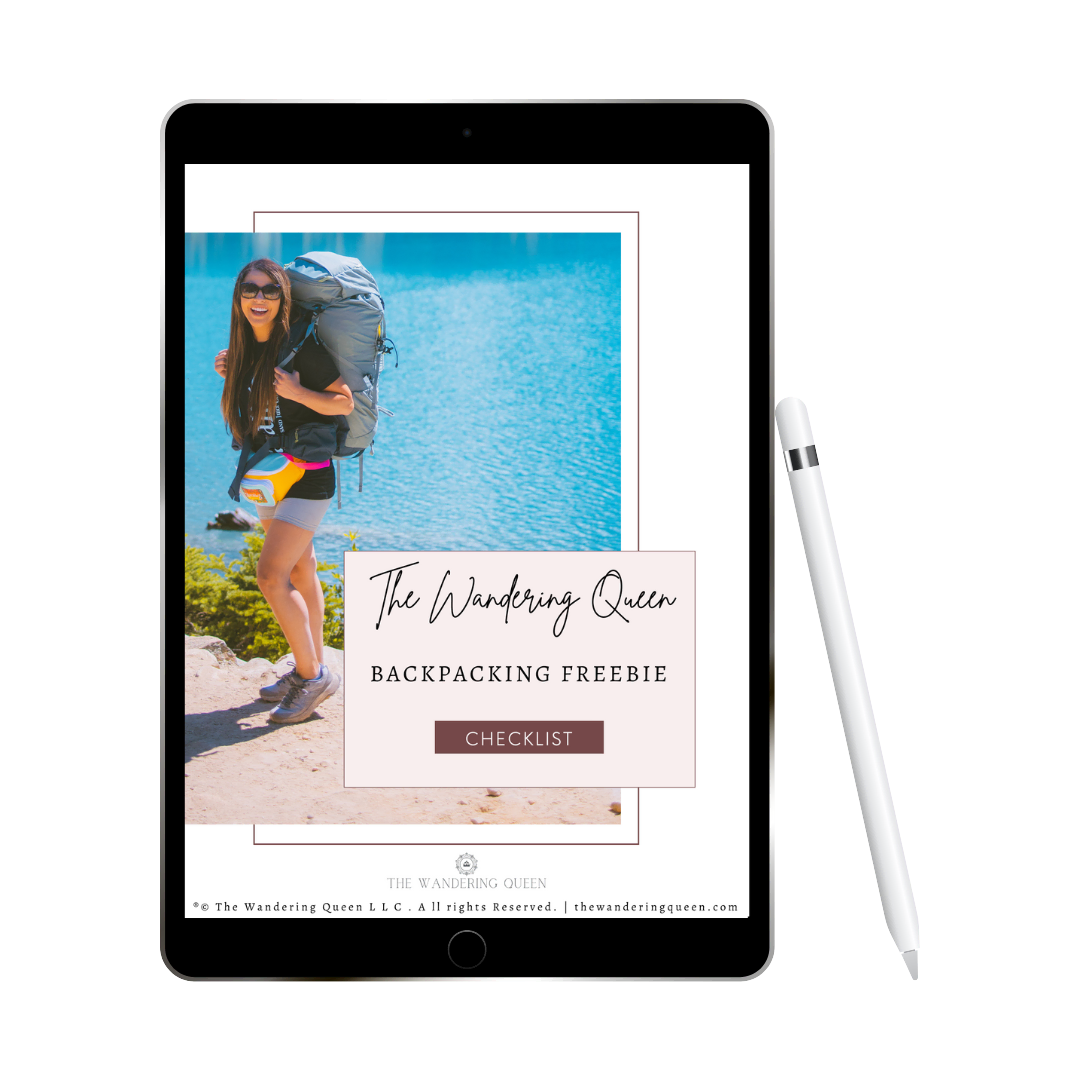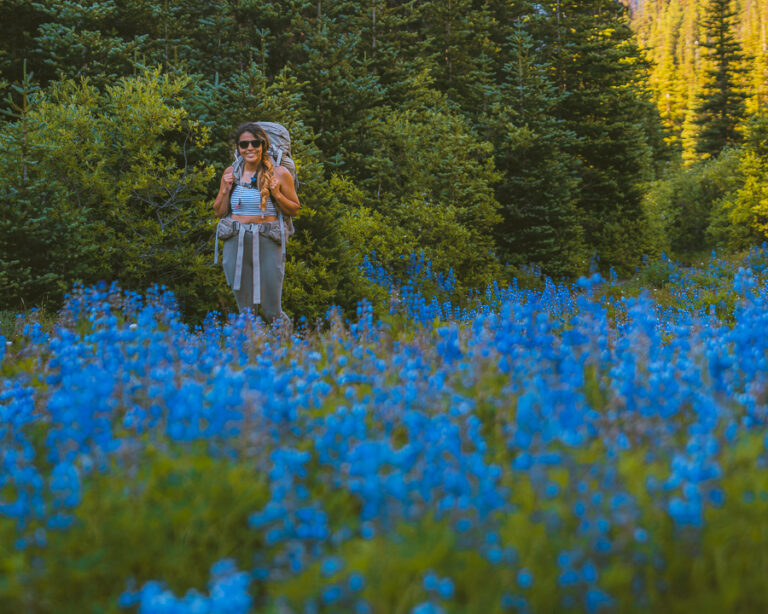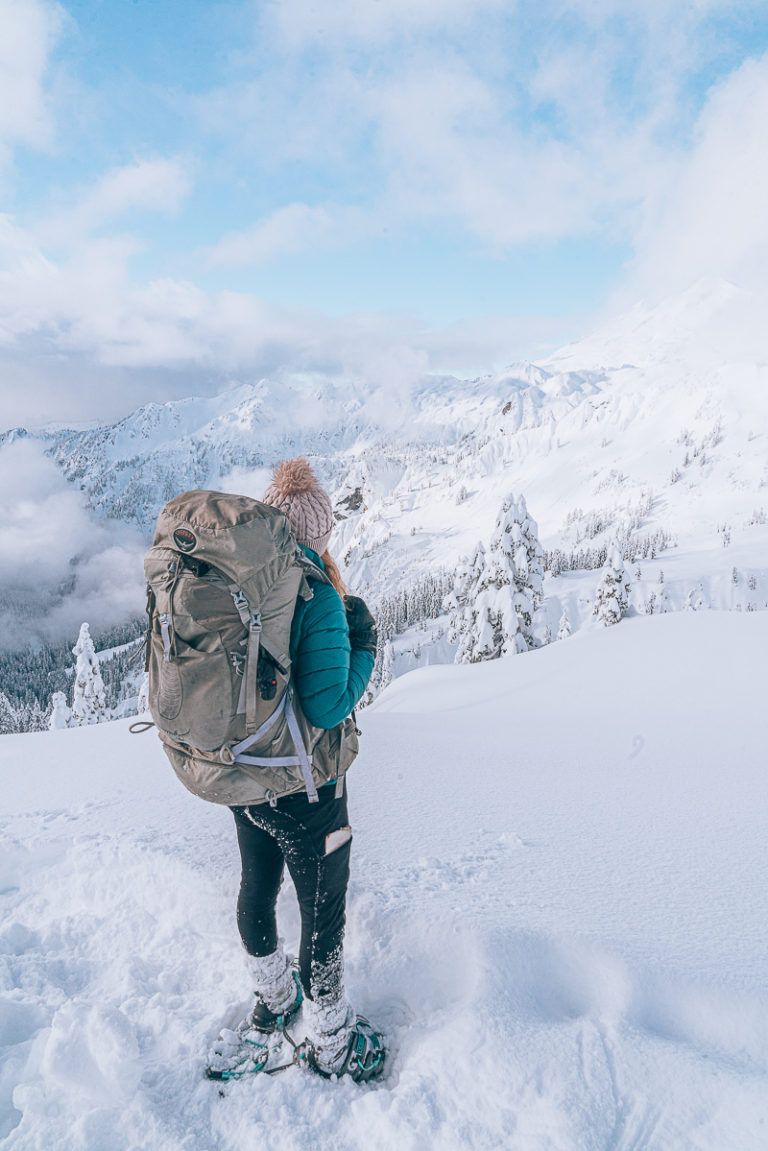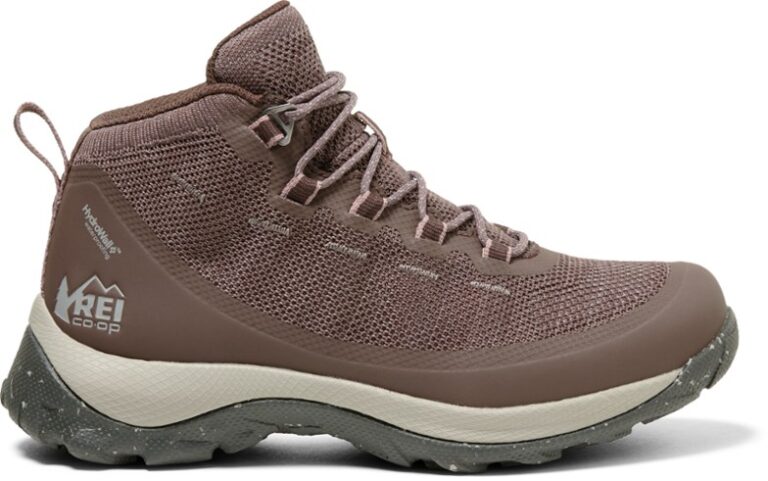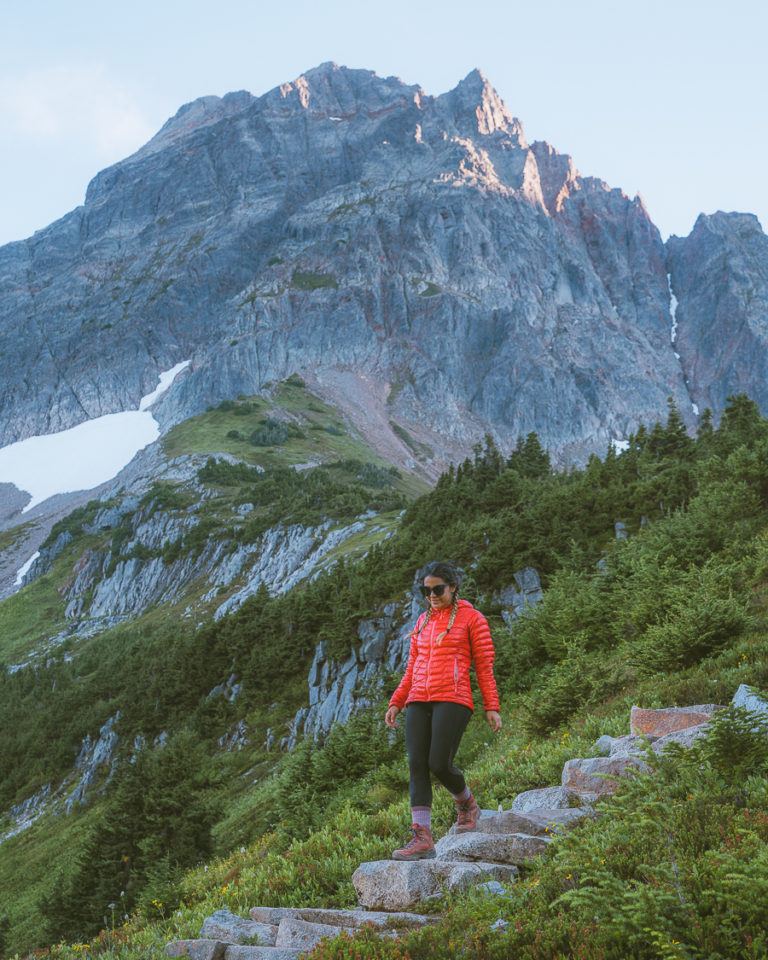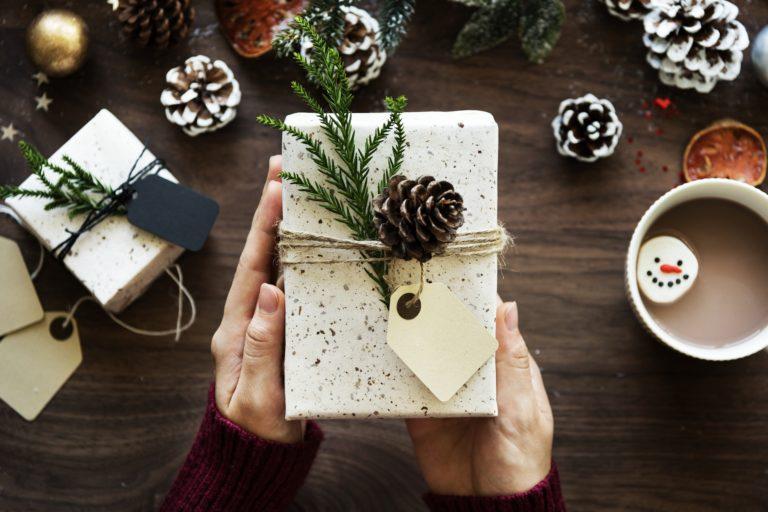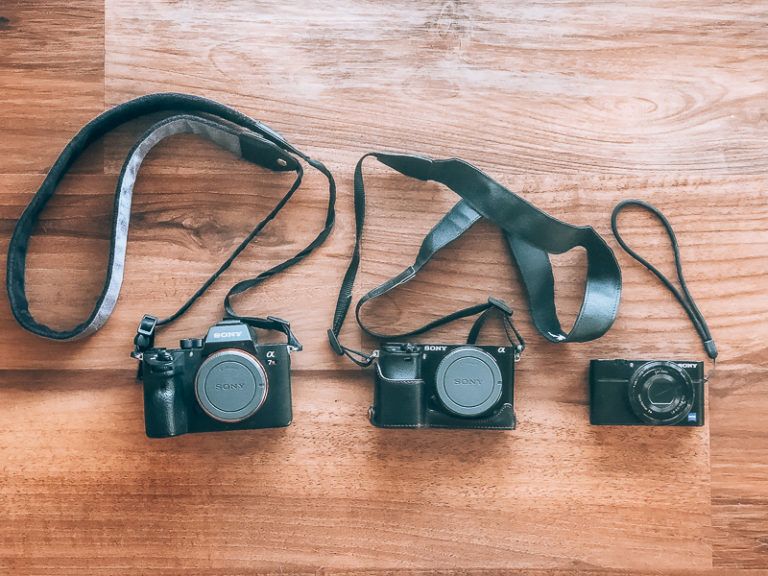How To Prevent And Treat Blisters When Hiking
Blisters are pretty common among hikers and backpackers. They suck! Blisters can cause you so much pain to the point where you are afraid to take one more step, but I have learned how to prevent them from even happening. I used to get them a lot when I first started hiking, but now, not so much. Below I talk about how to prevent these suckers if you do get them, and I talk about how to treat them. Blisters can hinder your fantastic trip, so I hope this post helps you get outside without any pain.
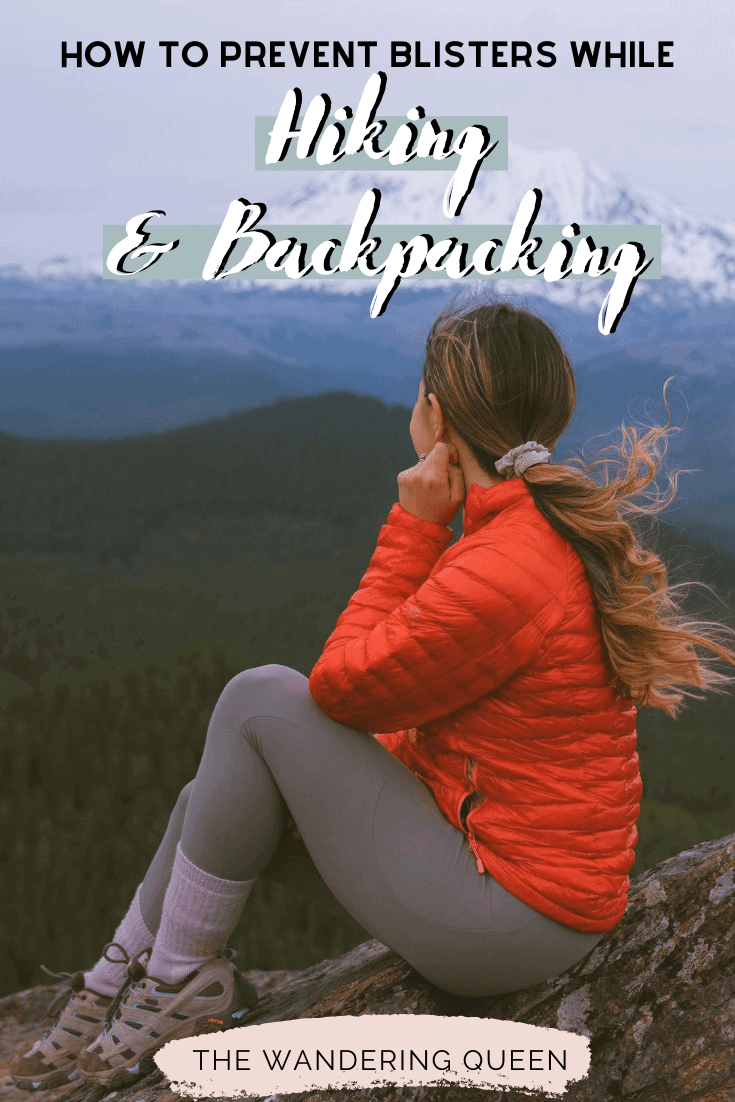
Disclosure: This post contains affiliate links. If you click one of them, I may receive a small commission (for which I am very grateful for) at no extra cost to you.
Download my free Outdoor Photography Guide
How Do You Get Blisters
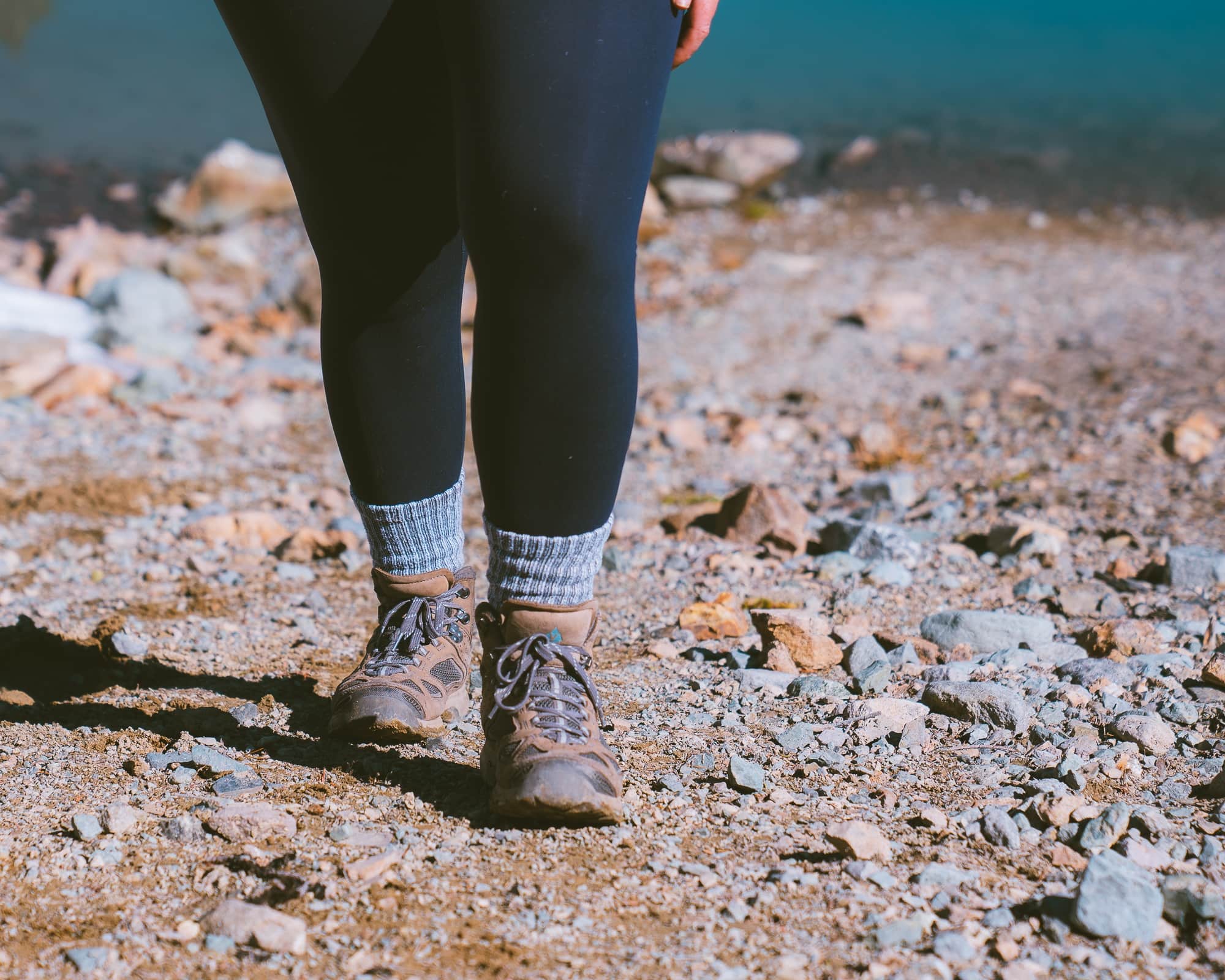
Blisters happen when there is too much friction, moisture, and heat. When it comes to hikers, it is usually because your shoes are too tight and wet from sweating or rain. The constant motion on the trail will cause your shoes to produce friction on your sweaty feet. If you aren’t wearing the correct gear, this can be a recipe for disaster.
Preventing Blisters When Hiking
Good Socks
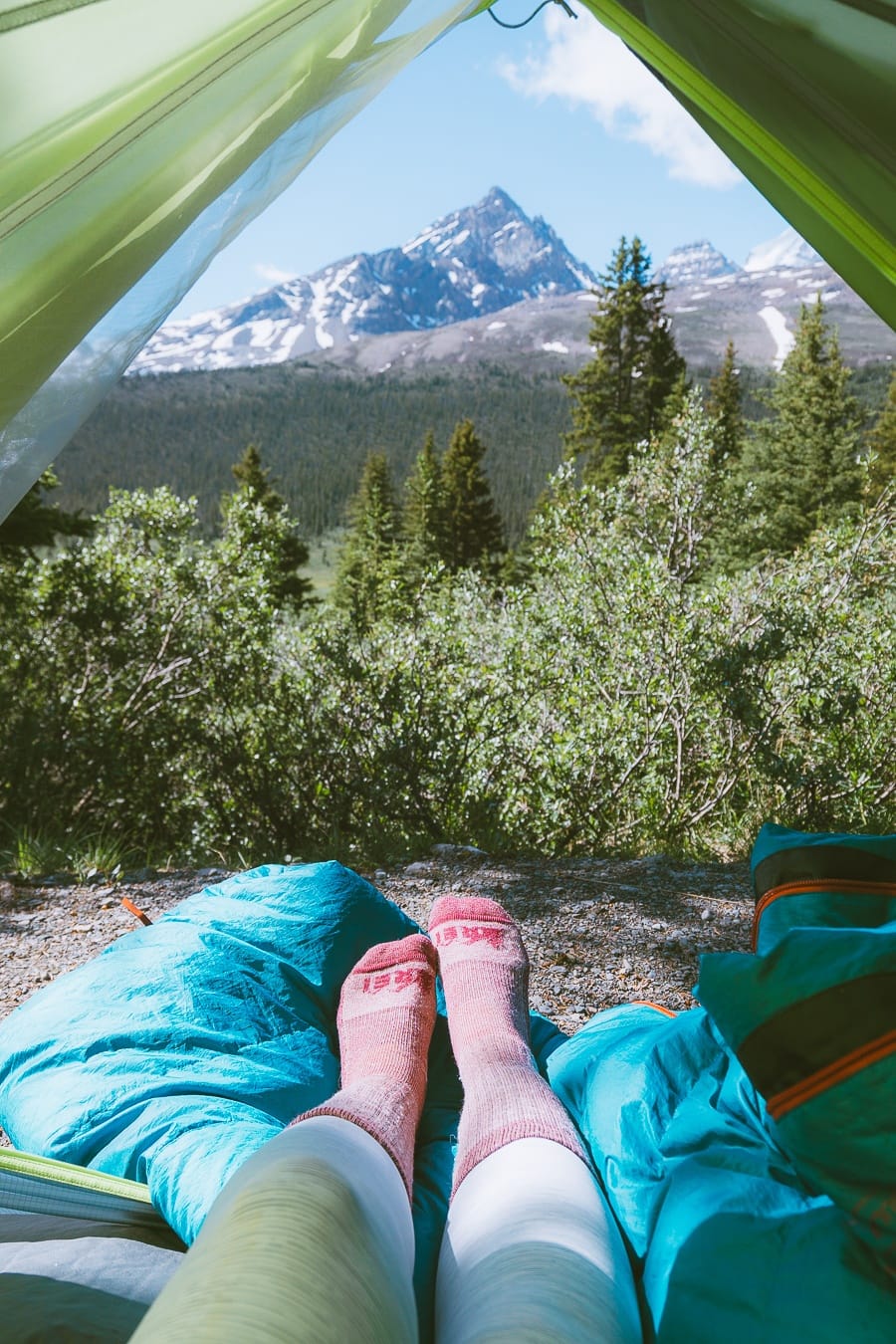
Merino Wool is the best way to go when it comes to hiking socks. The material in these socks makes it a better moisture manager than many other fabrics. In response, merino wool is ideal for long, hot hikes that will get your feet sweating. The best two brands are Smartwool and Darn Tough Socks. >>>Check Out Smartwool Here >>>Check Out Darn Tough Here
I know a lot of people also wear silk liner socks underneath their merino wool socks. I don’t do this, but my close friend that hikes with me has always done this and told me she has never gotten a blister. >>>Check Out These Socks Here
Break In Boots Or Shoes
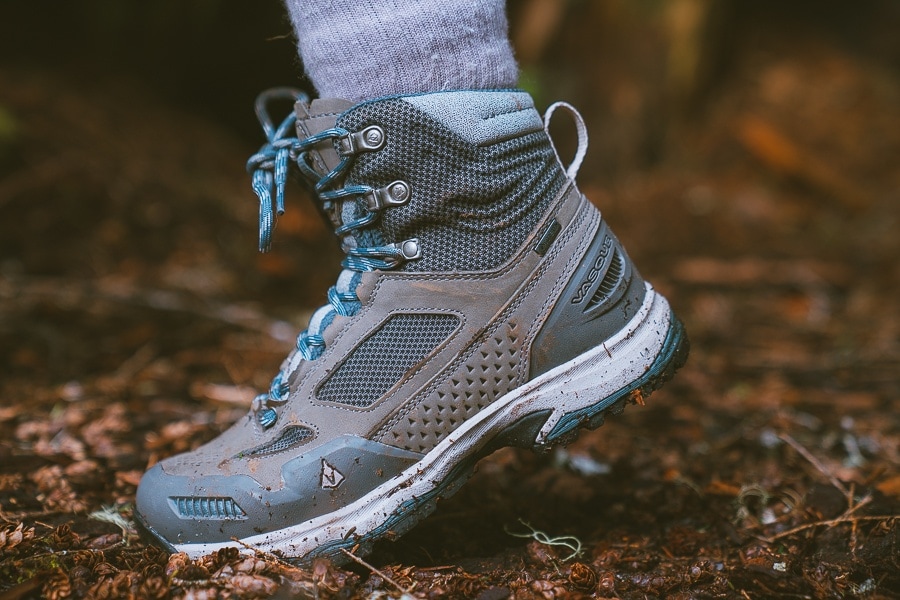
Try to go on walks or short hikes with your brand new boots before attempting a long grueling trail. You need the materials to be soft instead of stiff to minimize blisters.
Wear The Correct Hiking Shoes/Boots And Size
It is so important to get the perfect shoes for you! Just because your friend Sally recommended the best shoes ever does not necessarily mean they are the best for you. She might have wide feet while you have narrow feet. She might not need ankle support, while you seriously need some extra help around the ankles. Everyone’s feet are different, so that is why it is best to take some time and find out which hiking shoes or boots are perfect for you. I have written some guides on finding the ideal shoes and boots. >>>Check Out My Post On Hiking Boots Here >>>Check Out My Post On Hiking Shoes Here
Change Socks and Keep Your Feet Dry
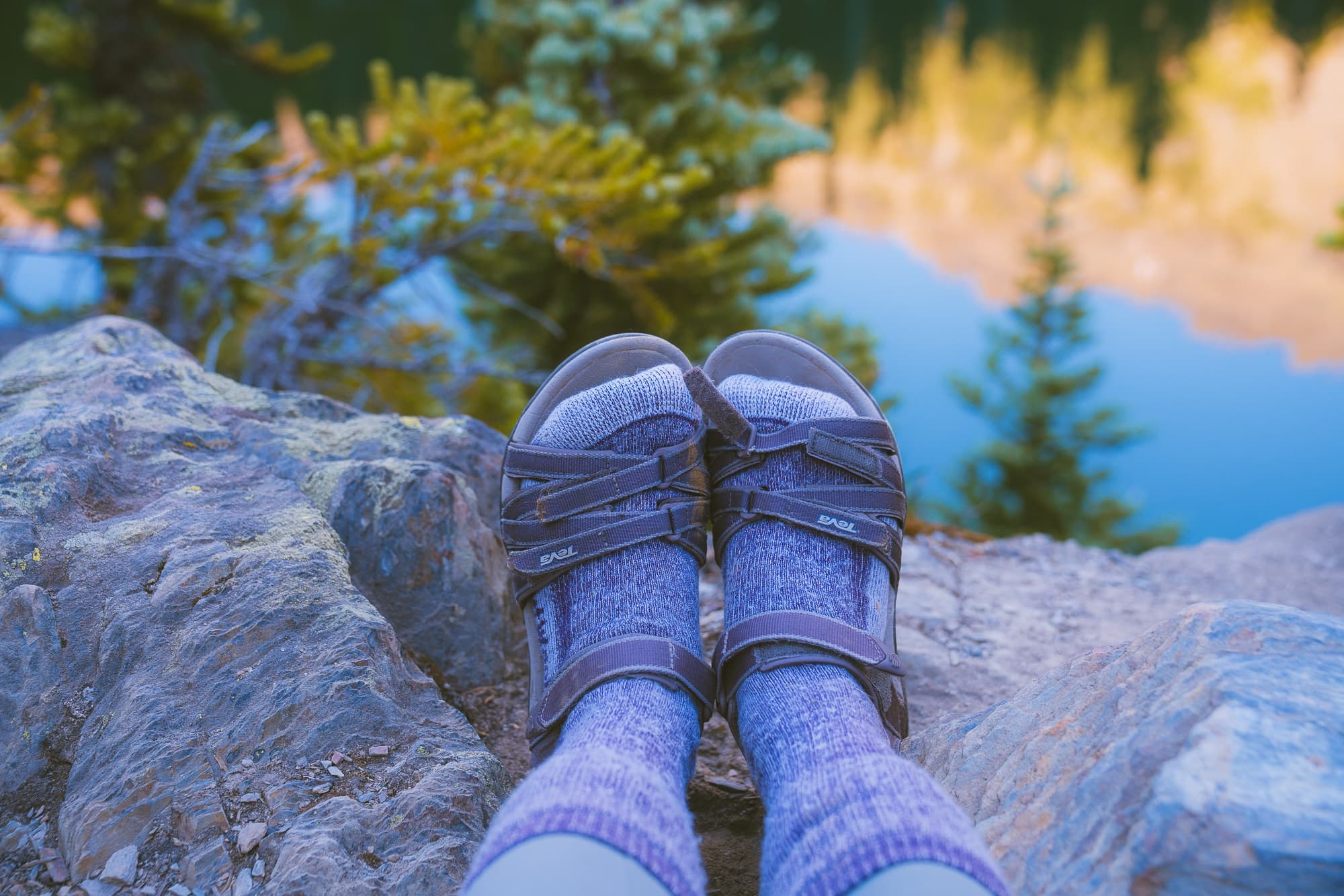
No matter how breathable your socks are, they will get sweaty and damp. This is especially true if you wear waterproof boots because the air is not circulating enough. Sometimes your socks also get wet because you accidentally got water into your boot. It happens to me all the time, especially when there is snow.
The best advice I can give you is to bring extra socks on your hike. When you get to the viewpoint or your eating lunch, change your socks if your feet feel damp or uncomfortable. Socks are pretty small and lightweight, so it is not a big deal to bring them on the trail.
You can also layout your socks while you are basking in the beautiful views or eating lunch. Hanging your socks outside of your backpack is another great idea.
When it comes to backpacking, I bring a lot more socks. I bring them for each day I am hiking, and I have some just for bedtime. Please note that I am not a long term backpacker. I usually do short backpacking trips, not long ones that last for weeks, so I’m ok with bringing extra socks.
If you are backpacking, I would take off your shoes and socks when you get to the campground and let your feet breathe, even if you feel like your socks are not damp. I like to bring my Teva Sandals with me to wear at the campground.
Grab Your Free Car Camping Checklist! 🚗🌲
Ready to elevate your car camping game? Snag our essential checklist to ensure you’ve got everything you need for a stress-free, fun-filled adventure! Perfect for beginners and seasoned campers alike. Download now and hit the road prepared! 🌟🎒
Keep Feet Clean
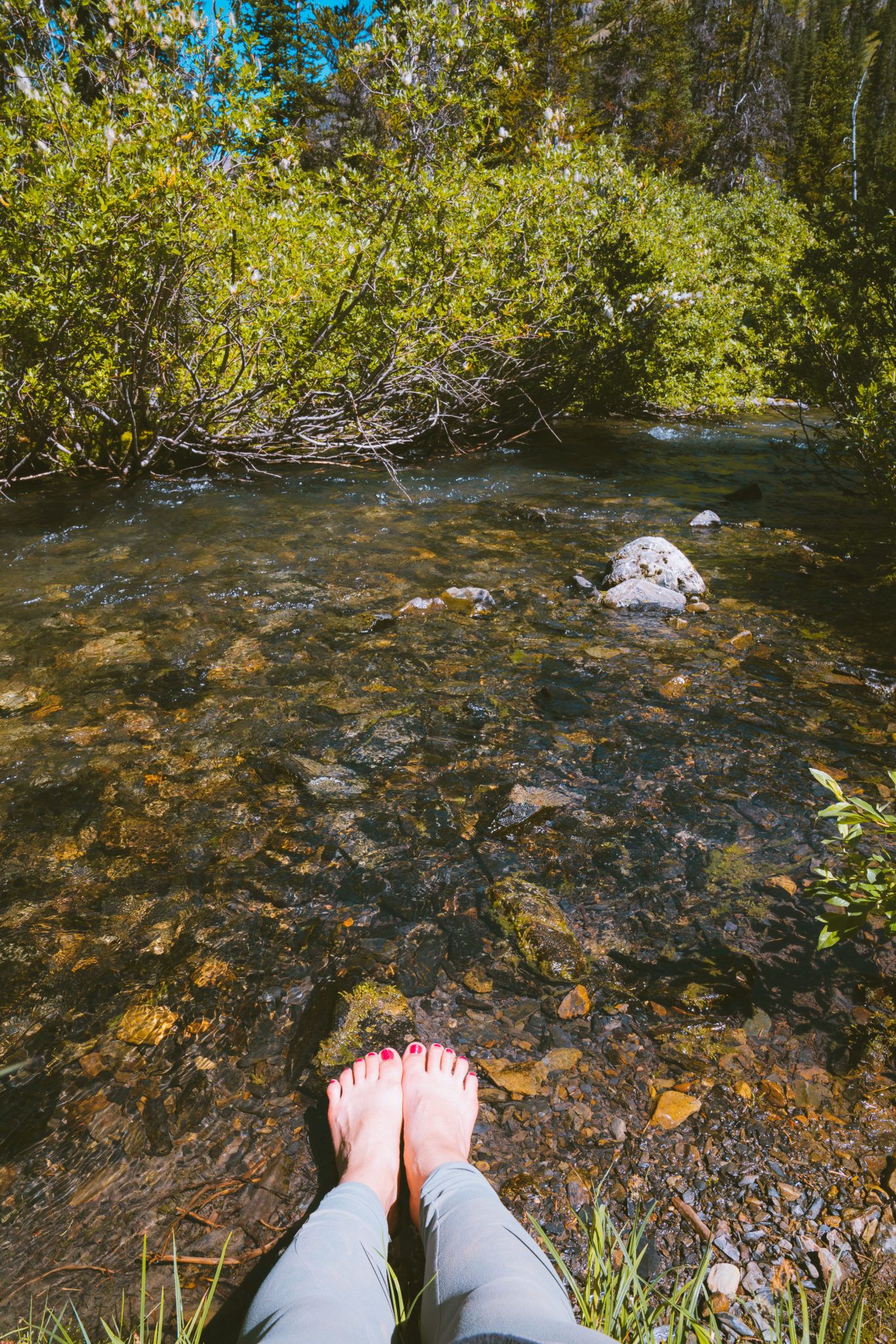
When you are hiking or backpacking, it is essential to keep your feet nice and clean. When you get to the trail, and your feet are exhausted, take off your shoes and socks and soak them in the river or lake. If you are backpacking, definitely do this. This will get the dirt off that can cause blisters.
Most of the places I hike, the water is icy, and this can be great for swollen feet. I usually like to dip my feet into the cool water to help with inflammation, which can cause blisters.
Take Care of Your Toes and Feet
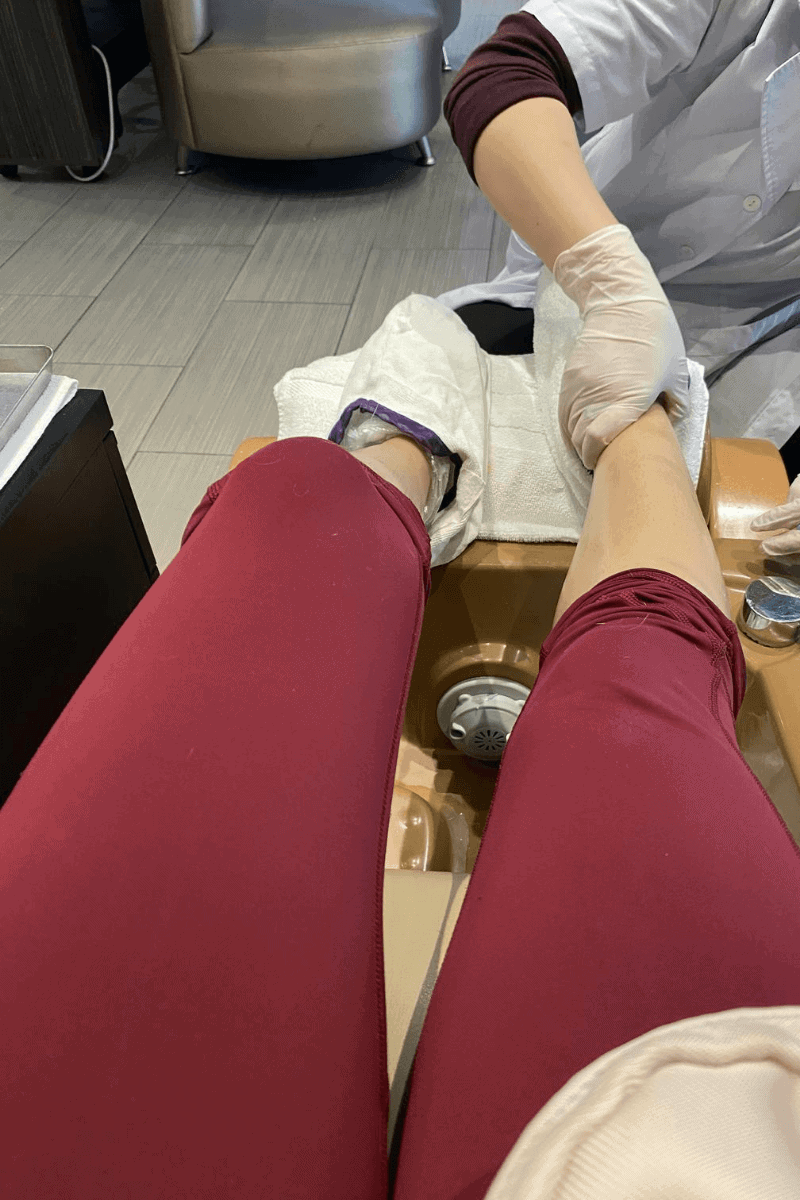
Even when you are not hiking, it is a good idea to take care of your feet. I like to get pedicures once a month, and I always make sure my nails are nice and trimmed. If your nails are too long, you can get blisters underneath your toenails! Trust me, it has happened to me before, and it is painful and weird.
If you don’t want to spend the money on pedicures, then do it yourself. Buy a brush/exfoliator and scrub your feet to get off the dead skin. Cut your nails, moisturize your feet, and give yourself a foot massage. You deserve the love after all that hard work!
Change Up Your Laces
As crazy as it sounds, changing up how you lace your boots can prevent blisters from happening. Tightening your shoe in certain areas can help avoid friction when your shoes are too loose.
There are many videos on youtube demonstrating different techniques. This one here is an example. I would only try this out if you keep on having problems with blisters in the same spot, and you have tried out the other techniques like good socks, and shoes, and keeping your feet clean.
How To Treat Hot Spots
The minute you start to feel like a blister is forming, stop your hike, take off your shoe, and assess the situation. A hot spot is when an area of the skin feels hot and irritated. The blister hasn’t entirely formed yet, but it is going to pretty soon. It is a lot easier and less painful to treat it as a hot spot then to treat it like a blister.
It is difficult to stop while you are hiking to do this. I have pushed through so many hikes before without stopping because I wanted to get there quickly. But now, looking back on it, I wish I had stopped and treated the hot spots.
You can treat the hot spots by getting a piece of duct tape, mole skin, or sports tape on it to protect it from the constant friction.
How To Treat Blisters
Sometimes you get blisters no matter what you do. So what do you do about it? It can be painful to do nothing, so I recommend doing this:
- Sterilize the area and your hands by washing your hands and using an antiseptic towel.
- Grab a safety pin and sterilize that as well.
- Safely prick the blister and let all of the water trickle out. You can carefully massage it to help get most of the water out.
- Once the blister is as dry as possible, add an antibiotic ointment.
- Add a gauze pad right on top of the blister, then moleskin (you can cut it with scissors if you need too), and then use duct tape or sports tape to keep it all in place.
You can usually get most of the items mentioned above in a first aid kit. I use this first aid kit on my hikes and backpacking trips. You don’t need to take the whole kit on hiking trips as it also comes with a removable day kit. To make it easy for you here is a list of the items needed for a blister:
- Antiseptic Towel
- Antibiotic Ointment
- Safety Pin
- Gauze Pad
- Moleskin
- Duct tape or Sports Tape
Final Thoughts On Preventing Blisters While Hiking
Thanks for reading all about hiking feet care, make sure to check out some of my other blog posts on the outdoors:
- Tips On Hiking In The Rain
- 10 Best Hiking Boots For Women
- Day Hiking Gear List
- 16 Best Hiking Apps You Need To Download

Join my Newsletter to receive my free Backpacking Checklist!
Subscribe to have posts delivered straight to your inbox!! PLUS, get my FREE backpacking checklist!
Pin For Later: How To Prevent Blisters When Hiking
